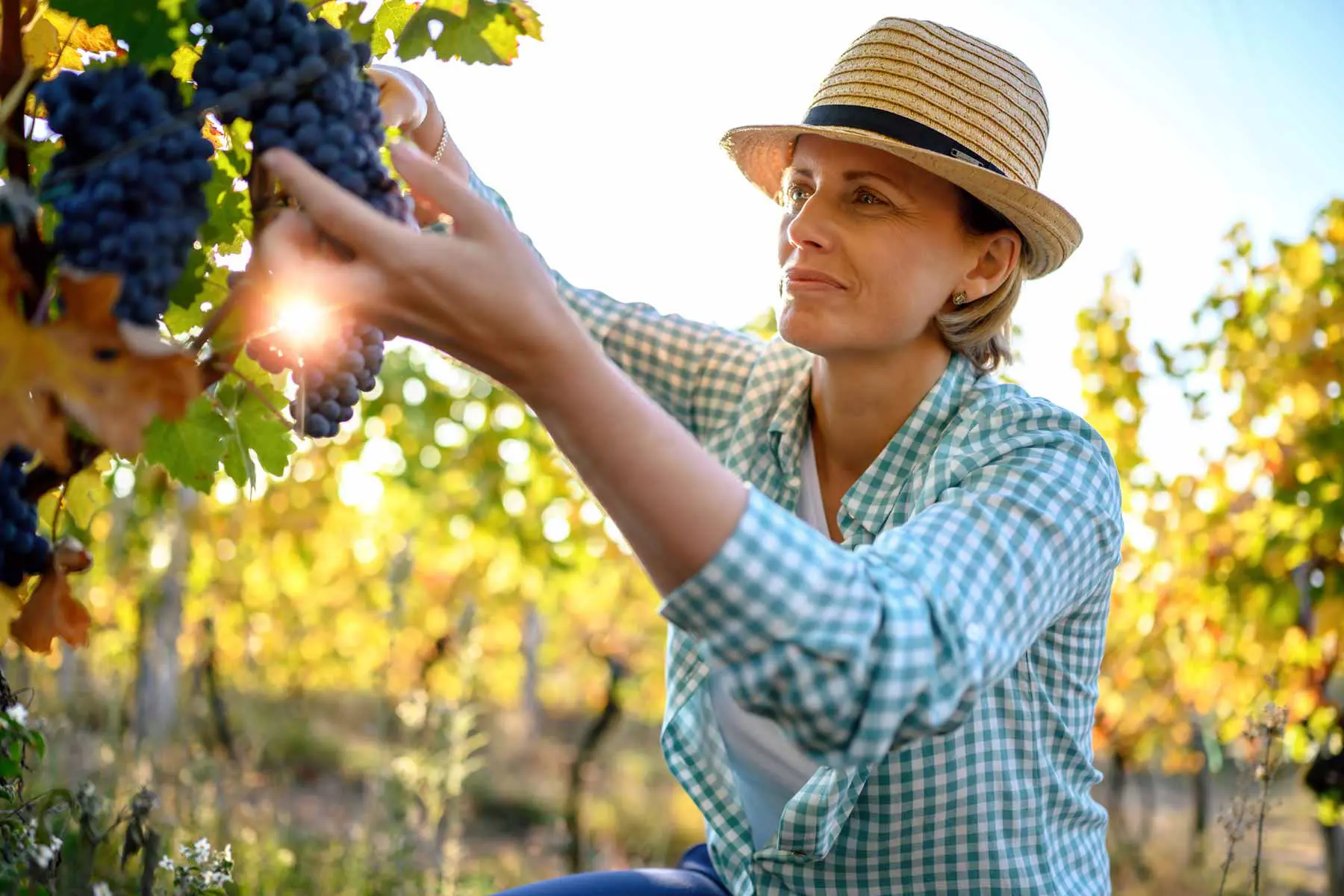Birds of Prey at the Service of the Vineyards
Birds of Prey at the Service of the Vineyards
As winter yields to spring, the vineyards come alive once again. This transition marks the beginning of a long, dramatic season—nature’s own theater, where every living creature plays its role in a story of survival that continues until harvest. The grower’s focus is on producing the highest quality grapes. The birds and the bees have their own mission: to feast. The jackals? They’re just waiting for the earliest ripe fruit to snack on. The vineyard, in short, becomes a battleground in nature’s never-ending contest.
To protect the grapes from damage throughout the season, growers turn to various methods aligned with their farming philosophy. Some rely on chemical inputs without hesitation. Others, who embrace organic or biodynamic agriculture, are more cautious—and their options are naturally more limited.
In this article, we explore how birds of prey are being used to protect vineyards, along with the pros and cons of this approach compared to more conventional solutions.

Grapes: Grower’s Treasure, Birds’ Treat
Let’s say you’re a bird. You’re soaring through the skies, scanning the fields for something to eat. You know—instinctively—that grapes are rich in sweet energy. So what do you do? You swoop down into the vineyards, drawn by the clusters of green, pink, or deep red fruit. But wait. The grower’s ready for you. Maybe they’ve set up a bird cannon—an intimidating machine that fires loud, gun-like blasts into the air. At first, it works. Birds get startled and stay away. But birds are smart. After a while, they figure it out. They stop caring.
In nature’s cycle, every living thing is just trying to eat. When birds go after grapes, the grower goes after the birds. And it’s not just the birds. Rodents and reptiles, too, are constant trouble for vineyard owners. Different pests call for different solutions—and each solution brings its own set of complications. For example, bird cannons may reduce crop damage but also introduce serious noise pollution for surrounding communities.
Calling in the Raptors
Those awe-inspiring hawks you sometimes see gliding overhead? With enough training—a lot of it, actually—they can become effective guardians of the vineyard. While the idea of using birds to scare away other birds might seem like a paradox, it’s comforting to know that the hawks don’t typically harm the intruders. Their majestic presence alone is enough to say: “Stay out.”
And it works. In vineyards that have adopted this method, bird-related crop loss has dropped from as much as 50% to around 10%.
Another bird enlisted in the cause: the kestrel. In an article for Wine Enthusiast, Stacy Lastof reports on kestrels living freely near Michigan vineyards, drawn by perches and nesting boxes placed near the vines. These small falcons aren’t on the payroll, of course—which means they can be a bit unpredictable. But when they’re around, they help. A lot.
And then there are owls. One notable project in California—led by students from Cal Poly Humboldt (formerly Humboldt State University)—installed 280 barn owl nest boxes across 65 vineyards. The results were striking. In just four months, one colony of owls consumed roughly 1,000 rodents.
The cost comparison is just as impressive. In California, the average cost of trapping or poisoning a rodent is about $8 per animal. Using owls? The per-rodent cost drops to roughly 35 cents.
What Do Birds of Prey Actually Contribute?
Using raptors to control pests does more than protect grapes. It reduces the need for chemical interventions, which is a significant shift.
We’ve entered a new era in our relationship with nature. The old notion—that nature exists to serve humans—is being replaced by a new one: if nature thrives, so do we. This mindset is spreading rapidly, and we’re seeing its effects in agriculture too. Take natural wine, for example—once considered a fringe curiosity, now growing steadily in market share.
Birds of prey, of course, come with their own ecological needs. Some will accept nest boxes and perch setups. Others remain loyal to their native habitat and simply won’t relocate. That’s why the suitability of these methods depends heavily on where the vineyard is located.
Still, inviting these natural predators into the vineyard represents a major shift away from industrial, chemical-based pest control. Countries like the U.S., Israel, Malaysia, and Kenya are already putting these ideas into practice—with promising results.
I did a quick, informal check-in with a few winemaker friends here in Turkey, just to see if anything similar was being done locally. So far, I haven’t come across any noteworthy examples. But Sabit Hoca—the founder of Tomurcukbağ Wines and one of the most respected figures in our industry—shared an experience from Kalecik that stuck with me. Here’s the relevant part of his message:
“Back in the early 2000s, when we were establishing our vineyards in Kalecik, there were very few houses in the area, and hawks were abundant in the countryside. Bird damage to the vines was minimal. Over time, as the hawks disappeared from the region, bird-related losses increased.”
This brief observation, in truth, says a great deal.
A FINAL WORD
Birds of prey don’t just benefit the fields. They help the communities nearby, too. In rural areas, rodent and snake populations can create real problems. Raptors naturally help keep those numbers in check—especially in places where gardens and small yards offer plenty of hiding places for such pests.
In short: one of nature’s oldest partnerships may be between humans and these winged hunters. Whether we choose to work with them—or against them—is entirely up to us.

Katerina Monroe
@katerinam • More Posts by Katerina
Congratulations on the award, it's well deserved! You guys definitely know what you're doing. Looking forward to my next visit to the winery!





















